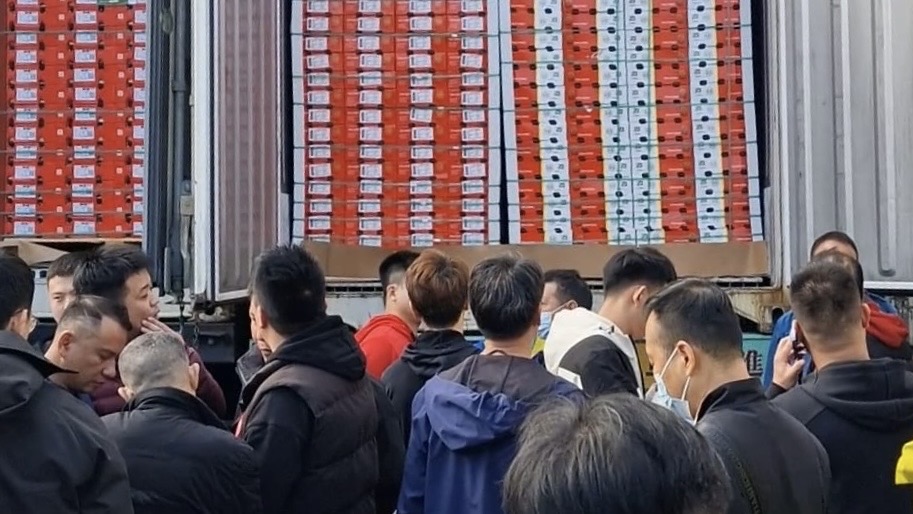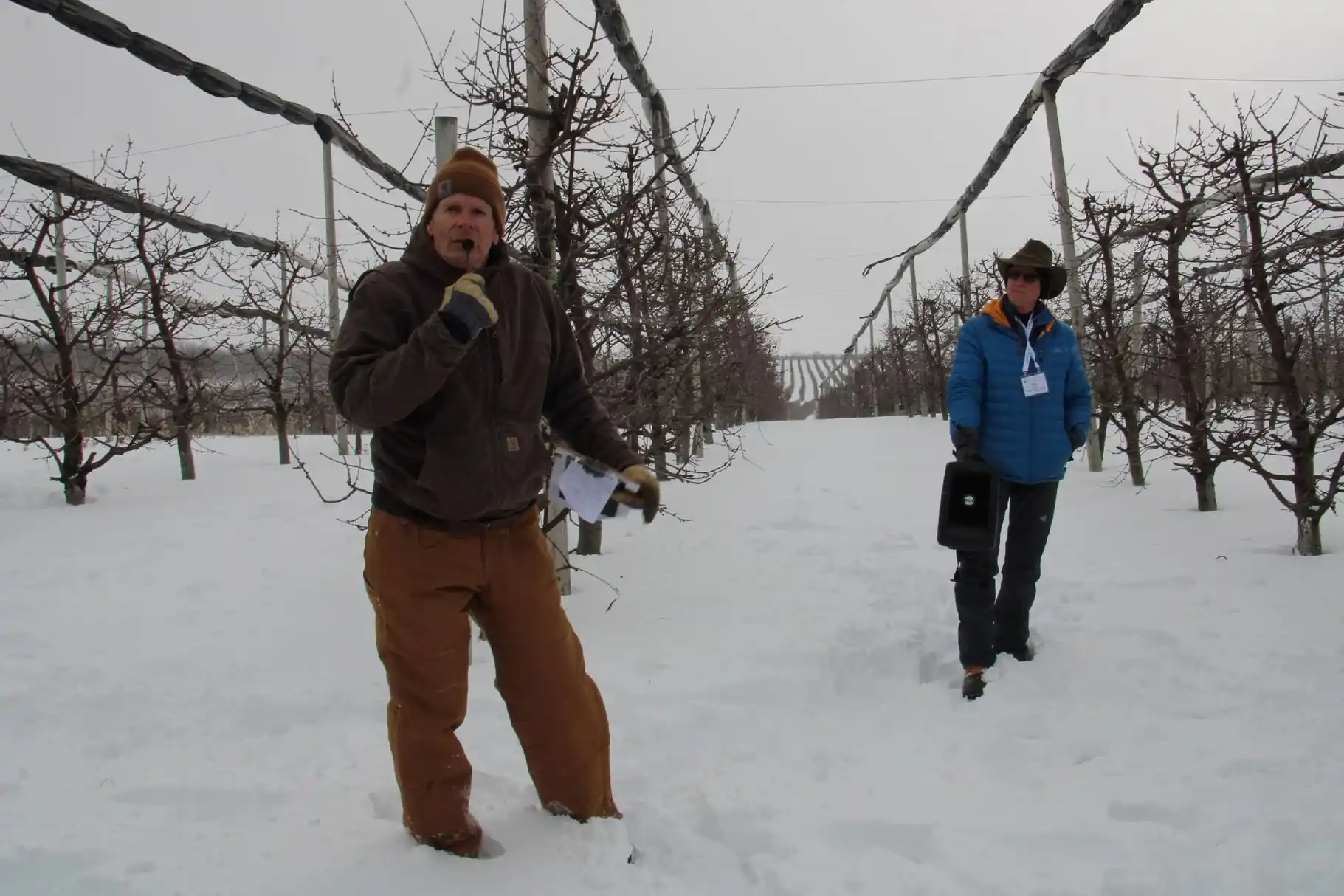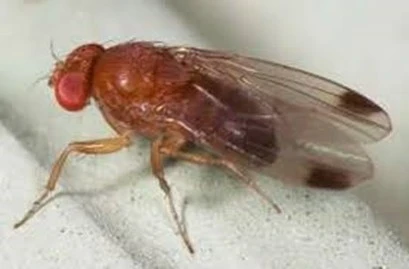The biggest festival of the Asian giant, China, takes place from January 29 and features Chilean cherries as the protagonists. But while cherries are important to the Chinese population, for Chilean cherries this date is even more significant.
For this season, the industry has shipped a higher volume than in previous years, which has presented some challenges in the middle of the campaign, such as the price drop that occurred 15 days before the Chinese New Year.
Jorge González, an agricultural economist at INIA Quilamapu, explained to Mundoagro that the rapid growth in volume has had negative consequences on fruit prices, leading to a drop of up to 50% in prices for the current season compared to the previous one.
“This is an expected phenomenon, due to the excess supply. In fact, years ago, many stakeholders had determined that the price could drop at some point, and that is what happened this season. The increase in cultivated areas has generated a supply pressure that exceeds the capacity of demand, inevitably leading to a drop in prices.”
Another factor explaining this decline, the expert commented, is that China has faced some sanitary problems and liquidity issues, along with population movements that add to the presence of other cherry suppliers. Therefore, a series of factors are at play.”
According to González, the excessive concentration of exports to China has worsened the situation, as it accounts for 88% of tonnage and 91% of value of Chilean cherry exports between 2022 and 2024. That is why he is categorical about it: “China is a dominant monopoly and risky for the stability of Chilean cherries.”

González emphasized that the lack of diversification in the market has left the Chilean industry vulnerable to the ups and downs of the Chinese economy, which adds to internal problems, “such as the poor strategic planning of orchard expansion, which has led to an oversupply without adequate prevention of its future effects.”
For this reason, we must diversify our export destinations. It is a major task that we must undertake. Some options include Europe, Japan, and Taiwan. We must also continue to penetrate other areas of China, such as the interior regions.
The solutions
How to address this scenario, and what solutions should be pursued? The economist highlighted the need to diversify export destinations, seek new markets, and improve fruit quality and size.
He also recommended enhancing regional monitoring capabilities and conducting market analyses in advance, improving agronomic practices, and increasing economic efficiency in production through cost control and cost calculation, for which institutions like INIA offer calculation tools and economic analysis.
González noted that there is still one season left to make a final assessment for 2024/25, but despite some signs of price recovery, it will be difficult to return to previous levels.
“This is a foreseen situation; the cherry sector will not disappear. We have experienced this many times in Chilean agriculture, such as in the 1980s with kiwis, then with raspberries and blueberries. Therefore, the sector is adapting in some way, and the market is maturing,” he concluded.
Source: Mundoagro
Cherry Times - All rights reserved













